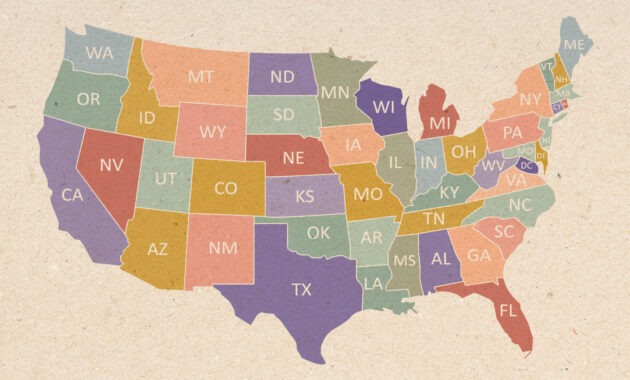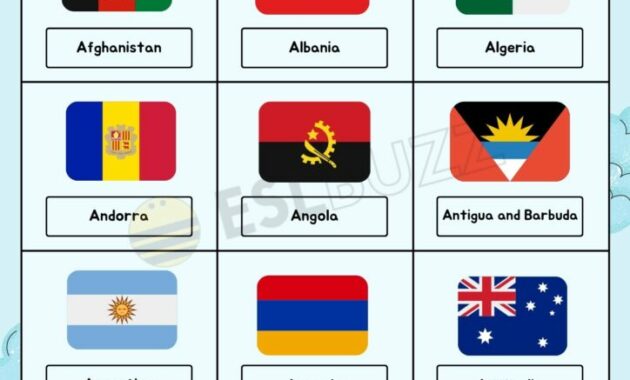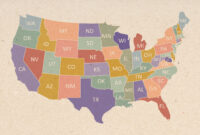Ah, welcome, welcome! Let’s embark on a fascinating journey across our world, a world brimming with diversity and wonder, a world neatly (and sometimes not so neatly) divided into regions. These regions, like extended families, each possess their own distinct character, shaped by history, culture, geography, and the indomitable spirit of its people. It’s like comparing different generations within a family – each with its own quirks and stories, yet undeniably connected by a shared lineage.
A Glimpse into Regional Divisions

Here, we see a particular perspective on global regions, with a special spotlight on Asia, particularly South Asia. Think of the Himalayas, those majestic peaks guarding ancient secrets. Think of the bustling markets of Mumbai, overflowing with spices and life. Think of the serene temples of Kyoto, whispering tales of emperors and enlightenment. South Asia, a vibrant tapestry woven with threads of ancient civilizations, modern aspirations, and everything in between.
Now, understanding the nuances of regional divisions is like mastering the art of tea ceremony. It requires patience, attention to detail, and an appreciation for the subtle flavors. There’s no single “right” way to define these regions. Some frameworks prioritize geographical proximity, grouping countries that share borders and ecosystems. Others focus on cultural similarities, uniting nations with shared languages, religions, or historical experiences. Still others might consider economic factors, clustering countries with similar levels of development or trade relationships. It’s a bit like choosing the right ingredients for a perfect dish – the outcome depends on the purpose and the palate.
For instance, the term “Middle East” is a geopolitical construct, often used to describe a region encompassing countries in Western Asia and Northern Africa. However, this grouping can be controversial, as it overlooks the significant cultural and historical differences between, say, Egypt and Iran. Similarly, “Latin America” unites countries in the Americas that share a common linguistic heritage rooted in Romance languages, but it doesn’t fully capture the diverse indigenous cultures and socio-economic realities of the region. It’s like calling all noodles “spaghetti” – technically correct, but missing the rich variety of flavors and shapes.
Let’s delve a bit deeper into Asia. A vast and diverse continent, it’s often subdivided into sub-regions like East Asia (China, Japan, Korea), Southeast Asia (Thailand, Vietnam, Indonesia), South Asia (India, Pakistan, Bangladesh), and Central Asia (Kazakhstan, Uzbekistan, Turkmenistan). Each of these sub-regions boasts its own unique character. East Asia, for example, is known for its technological prowess and fast-paced economic development, while Southeast Asia is renowned for its stunning natural beauty and vibrant cultural traditions. South Asia, as we mentioned earlier, is a land of ancient history and spiritual depth, while Central Asia is a crossroads of cultures, bridging East and West.
The beauty of these regional divisions lies not in their rigid boundaries, but in their ability to illuminate the interconnectedness of our world. Just as different organs work together to keep the body functioning, different regions contribute to the global ecosystem, exchanging goods, ideas, and people. Understanding these connections is crucial for addressing global challenges like climate change, poverty, and inequality. It’s like understanding the delicate balance of an ecosystem – disturbing one element can have far-reaching consequences.
A Broader Perspective on World Regions
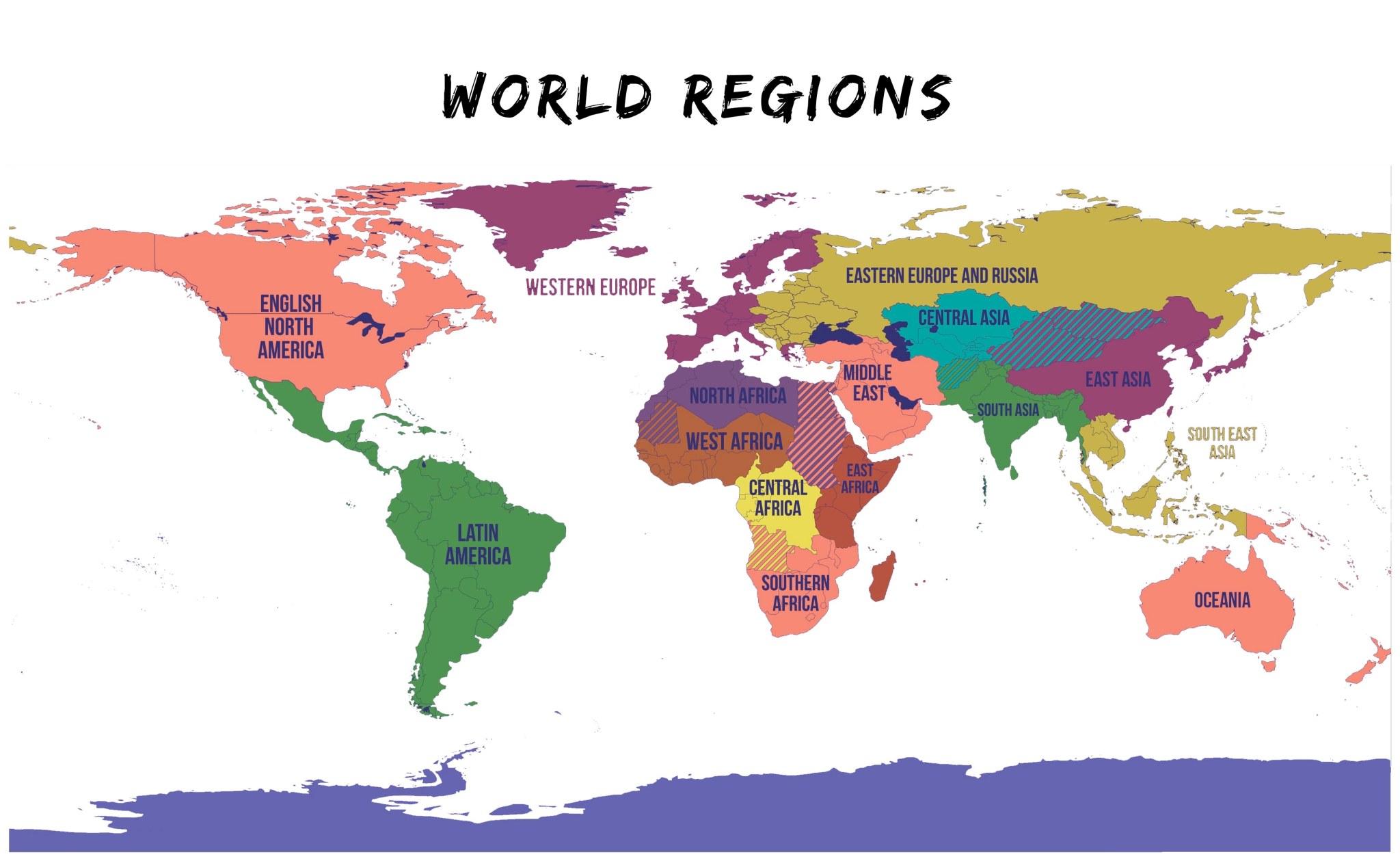
This map offers a more general overview of world regions, showcasing how different continents are typically divided. We see familiar regions like North America, South America, Europe, Africa, Asia, and Oceania. However, even within these broad categories, there are countless sub-regions and variations. For example, Europe can be further divided into Western Europe, Eastern Europe, Southern Europe, and Northern Europe, each with its own distinct history, culture, and economic profile.
Consider Africa, often portrayed as a single entity. In reality, it’s a continent of immense diversity, with over 50 countries, each with its own unique culture, language, and history. North Africa, with its close ties to the Middle East, differs significantly from Sub-Saharan Africa, which is home to a vast array of ethnic groups and ecosystems. To truly understand Africa, one must look beyond the broad generalizations and delve into the specific stories of its individual nations and communities.
Similarly, North America is often simplified as just the United States and Canada, but this overlooks the significant cultural and linguistic diversity of Mexico and the Caribbean islands. South America, too, is a continent of contrasts, ranging from the snow-capped Andes mountains to the lush Amazon rainforest. Understanding these regional nuances is like appreciating the subtle variations in a musical composition – each note contributes to the overall harmony, but each also possesses its own unique timbre and resonance.
Ultimately, the purpose of studying world regions is not to create rigid boundaries or to reinforce stereotypes, but to foster a deeper understanding and appreciation for the diversity of human experience. It’s about recognizing that each region has its own unique strengths and challenges, and that by working together, we can create a more just and sustainable world for all. Just like different instruments playing together in an orchestra, each region contributes its own unique sound to create a beautiful and harmonious symphony.
So, as you explore these maps and consider these regional divisions, remember that they are merely tools for understanding, not definitive statements of reality. The world is a complex and ever-changing place, and our understanding of its regions must evolve accordingly. Keep an open mind, embrace the diversity, and continue to learn and explore. This ongoing journey of discovery is what makes the study of world regions so rewarding and enriching. Just like a good cup of tea, the more you savor it, the more you appreciate its subtle nuances and complexities. And who knows, perhaps you’ll even discover a new favorite region along the way!
If you are looking for World Regions Map – TRAVEL BITE LOVE you’ve visit to the right web. We have 5 Pics about World Regions Map – TRAVEL BITE LOVE like The World of Regions | PDF | Asia | South Asia, Geography World Regions Map and also World Regions Map – TRAVEL BITE LOVE. Here it is:
World Regions Map – TRAVEL BITE LOVE

travelbitelove.com
regions
World Of Regions: Geography Presentation
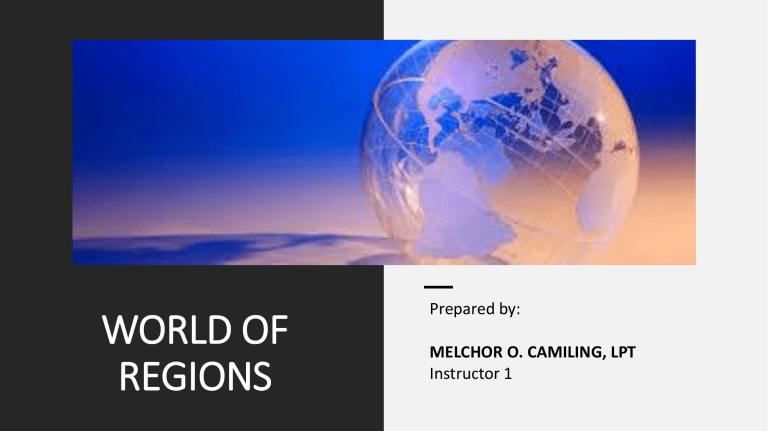
studylib.net
World Regions | John Boyer
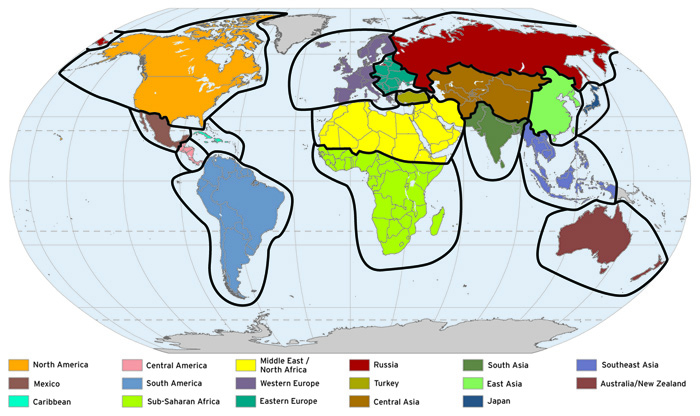
www.professorjohnboyer.com
regions objectives technical course
Geography World Regions Map

mungfali.com
The World Of Regions | PDF | Asia | South Asia

www.scribd.com
Regions objectives technical course. Geography world regions map. The world of regions






